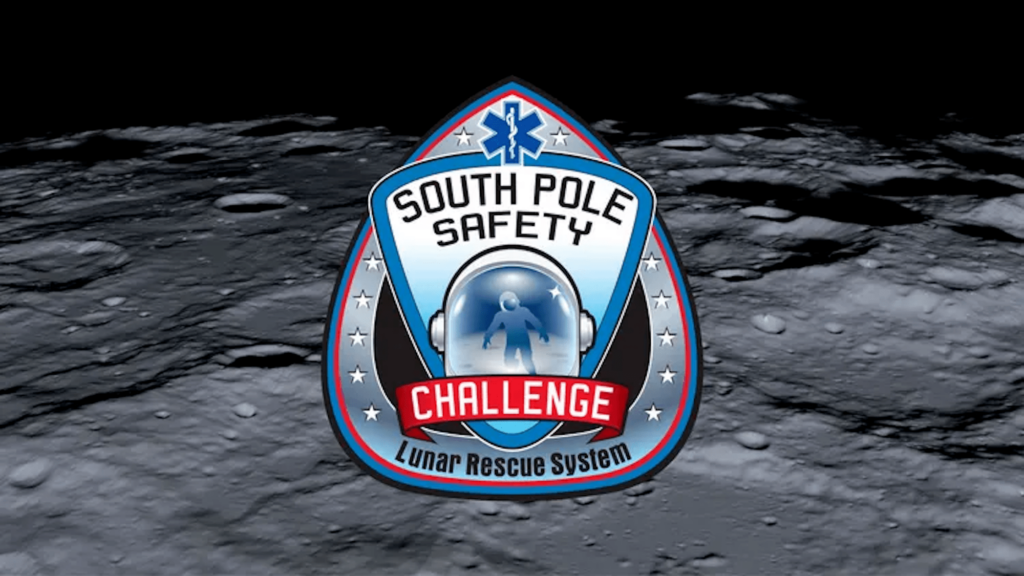[ad_1]
NASA’s Artemis III mission will return humans to the lunar surface for the first time in nearly 55 years. Before that, however, every conceivable worst case scenario needs to be evaluated ahead of the historic event, and the space agency is looking to civilian scientists for some extra help. In return, the best ideas may land a team as much as $20,000.
NASA’s “South Pole Safety: Designing the NASA Lunar Rescue System” challenge opened on November 14th, and focuses on creating the equipment and procedures for transporting an incapacitated astronaut in the event of an emergency. But this system isn’t intended for short, easy-to-navigate journeys. The rescue plan must allow an astronaut to haul their injured or otherwise endangered crewmate as far as 2 km (about 1.24 miles) across the lunar surface at slopes as steep as 20 degrees.
“In the unforgiving lunar environment, the possibility of an astronaut crewmember becoming incapacitated due to unforeseen circumstances (injury, medical emergency, or a mission-related accident) is a critical concern, starting with the upcoming Artemis III mission, where two astronaut crewmembers will explore the Lunar South Pole,” the overview explains.
That “unforgiving lunar environment” could include boulders as large as 65 feet in diameter, nearly 100 foot wide craters, “unique lighting conditions,” as well as temperatures ranging between 54 and -203 degrees Celsius (between about 120 and -333 degrees Fahrenheit). As for the moon’s gravity, Universe Today noted both the pros and cons on December 1st: Although an astronaut wearing the Artemis program’s specially designed Axiom Extravehicular Mobility Unit (AxEMU) weighs about 755 lbs on Earth, that translates to about 125 lbs on the moon. That said, moving your roughly 125 lbs, possibly injured crewmate across as much as 1.24 miles of hilly lunar terrain (while ensuring your own safety) is still no small feat. And if all that weren’t enough, the rescue system won’t include a lunar rover, given that vehicles aren’t expected to make it back to the moon until at least the Artemis V mission.
There are a few more “must-have requirements” for applicant designs. Lighter is better, and NASA hopes to see systems that weigh less than 50 lbs while also occupying as little space as possible when stored. The winning system must be easy to deploy and use, and employ materials capable of handling the lunar environment’s temperatures, vacuum conditions, and regolithic dust. Additional “nice-to-have features” might involve adaptability, body size accommodations, multifunctionality, and ease of manufacturing. If all that seems like a lot, NASA notes that the design won’t need to include medical treatment capacities, suit modifications, or other “complex integrations” with other existing astronaut systems.
[Related: New concept art shows how SpaceX’s Starship will transport Artemis III astronauts to the moon.]
While the final design is up to applicants, NASA’s descriptions make it sound like the agency is particularly interested in blueprints for what amounts to a sled-like or wheeled lunar medical stretcher. Judges want to know “how your design can be transported, and functions once deployed, [while] discussing aspects like stability, control, speed of movement, and how it navigates the challenging lunar terrain.” A design will also need to ensure safety not just for the incapacitated astronaut, but for their crewmate, as well. A successful application will “emphasize the practicality of your design in an emergency scenario, ensuring it can be deployed rapidly and effectively when needed most.”
Think you can help save astronauts in a hypothetical emergency? Feel free to send in your ideas here.
[ad_2]
Source link


